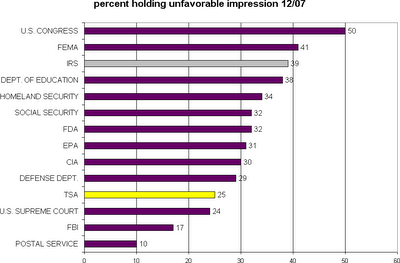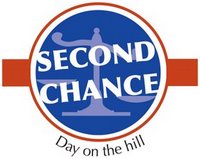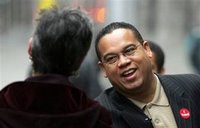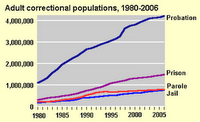 the more i learn about athletes and steroids, the more i think about merton’s classic social structure and anomie. in professional sport, the use of banned substances may well represent merton’s “triumph of amoral intelligence over morally prescribed “failure,” when the channels of vertical mobility are closed or narrowed in a society which places a high premium on economic affluence and social ascent for all its members.”
the more i learn about athletes and steroids, the more i think about merton’s classic social structure and anomie. in professional sport, the use of banned substances may well represent merton’s “triumph of amoral intelligence over morally prescribed “failure,” when the channels of vertical mobility are closed or narrowed in a society which places a high premium on economic affluence and social ascent for all its members.”
at the social-structural level, i could imagine differences across nations or leagues (wrestling, bicycle racing, football…) in the rates of deviation — and the extent to which cultural success goals are prized over the legitimized means to attaining them. at the individual level, i could imagine that pro baseball players might provide one of the few (only?) research settings in which a simple discrepancy score — aspirations minus expectations — would predict innovation in the form of performance-enhancing drug use.
i’m guessing there’s a more complicated network story here, too, but the basic test of merton might make for a nice thesis. more immediately, however, it might offer a nice final exam question on your crim theory final. consider yesterday’s lavelle e. neal strib profile of dan naulty. in my view, it provides fodder for an essay on merton and banned substances. here’s the lead:
Dan Naulty was a user of performance-enhancing drugs, stopping at nothing to reach the major leagues. He later became intoxicated by the lifestyle big-time baseball offered. He chased after the benefits, didn’t think about the means and certainly paid little attention to the consequences.
…He wasn’t the star player looking for the edge to become a superstar. He wasn’t the player barely holding on and looking for any edge. He was the one trying to make his break.
…”I was so young and dumb I didn’t think about anything except the light at the end of the tunnel,” Naulty said, “and that light was the fame that baseball was going to provide me.”
cultural success goals? check. goals/means disjuncture? check. you get the idea. there’s even a nice redemption script in this case:
Now the consequences mean more to Naulty, a former Twins pitcher who spent 1996-99 in the majors. The mental snapshot that pops up the most: the sight of Mike Trombley packing his bags in 1996 after being a late spring training cut. Naulty cheated his way onto the team while the popular and hard-working Trombley was misty-eyed over barely missing the cut. “I stole people’s jobs,” said Naulty…
today mr. naulty is pursuing his doctorate in theology, where the strains and success goals presumably differ from those of major league baseball. while professor merton might predict conformity under such circumstances, other schools of thought would suggest a different outcome. criminologists of the life-course-persistent ilk, for example, might identify mr. naulty as the seminarian most likely to be caught cheating on the ethics final.
though i remain optimistic about mr. naulty’s chance for redemption, i suspect that mike trombley would be less forgiving.
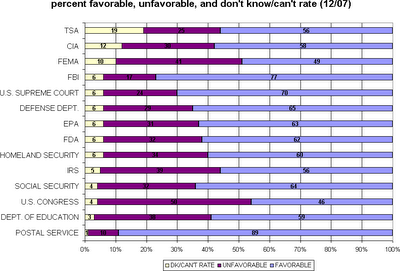 were i to write a holiday story based on these results, i’d skip the whole we hate the TSA angle. instead, i’d craft a happy piece about our fine postal carriers and the cards and packages they deliver.
were i to write a holiday story based on these results, i’d skip the whole we hate the TSA angle. instead, i’d craft a happy piece about our fine postal carriers and the cards and packages they deliver. 
